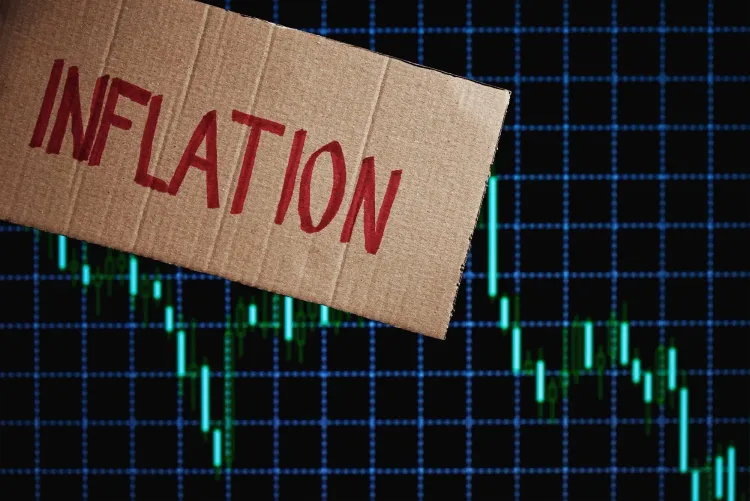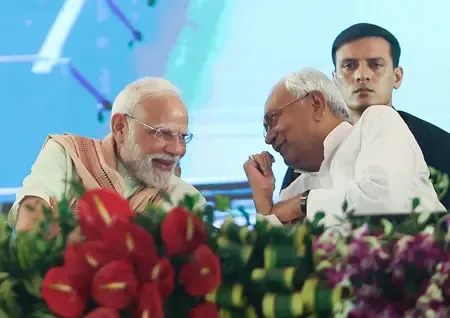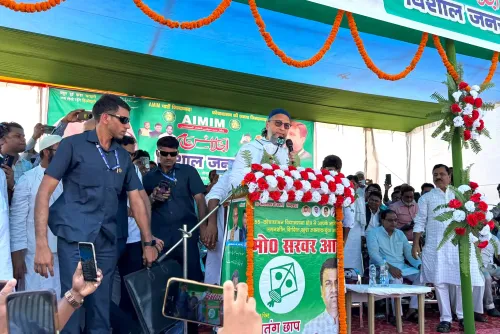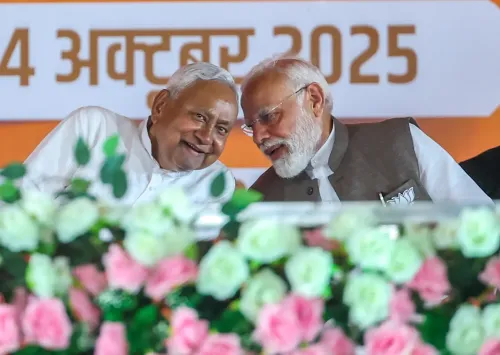How Did India's WPI Inflation Plummet to (-) 1.21% in October?

Synopsis
Key Takeaways
- India's WPI inflation dropped to (-) 1.21% in October.
- Food prices have been a significant factor in this decline.
- The consumer inflation rate also saw a decrease to 0.25%.
- Negative food inflation has persisted for five consecutive months.
- This trend provides relief to household budgets and allows for potential monetary policy adjustments.
New Delhi, Nov 14 (NationPress) The annual inflation rate in India, measured by the Wholesale Price Index (WPI), has plunged further into the negative territory, recording (-) 1.21% for October this year. This decline has been primarily driven by the drop in prices of food articles, crude petroleum & natural gas, electricity, mineral oils, and the manufacture of basic metals, as reported by the Ministry of Commerce and Industry on Friday.
Compared to the previous month, the month-over-month WPI change for October was (-) 0.06%, a slight improvement from (-) 0.19% in September.
Furthermore, the inflation rate for manufactured goods decreased by (-) 0.07% in October, attributed to falling prices in metallic mineral products, basic metals, chemicals, motor vehicles, trailers, and semi-trailers, as indicated by official data.
In addition, the Consumer Price Index (CPI) inflation rate has also dropped to 0.25% in October, following the impact of the GST rate cut, which has reduced prices of various goods and services.
The retail inflation continued to decline significantly, reaching an over 8-year low of 1.54% in September, driven by falling prices in food items and goods across multiple sectors.
Food prices have consistently trended downwards, with food inflation diving deeper into the negative at -5.02%, down from -2.28% in September. This marks the fifth consecutive month of negative food inflation, providing much-needed relief to household budgets.
The statement notes, "The reduction in headline inflation and food inflation in October is largely due to the full month’s impact of the GST decrease, a favorable base effect, and declines in prices for cooking oils, vegetables, fruits, eggs, cereals, footwear, and transport and communication."
The GST cuts, effective from September 22, are significantly lowering prices of various goods, contributing to a further decrease in inflation.
Looking ahead, the inflation outlook for 2025-26 appears more favorable due to large base effects, a good southwest monsoon, healthy kharif sowing, adequate reservoir levels, and sufficient foodgrain buffer stocks.
This decline in inflation rates offers the RBI additional flexibility to maintain a soft monetary policy, which may involve reducing interest rates and increasing liquidity in the economy to stimulate growth.









